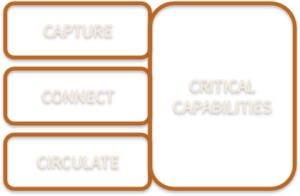Design-driven organizations gain more success.
Innovation
Adaptation
Transformation
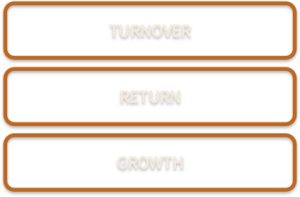
What do you need to increase the power of design?
Insight
Strategy
Know-how
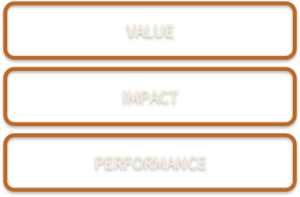
Analyse capabilities critical for your activity.
Identify
Compare
Appraise

Activate critical capabilities in your capacity.
Realize and/or refine
Unite
Secure
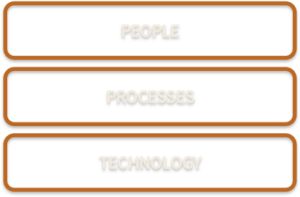
This gives a strategic advantage in your industry.
Valuable
Unique
Organized
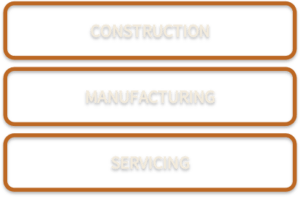
From experience, we can help you accelerate.
Call on us to lead design fast-forward.
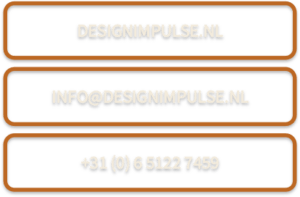
Request a free quick scan to start.
Lead design fast-forward
Contact us for a free initial consultation of up to three hours, online or at your branch, without obligation. To execute a quick scan outside the Netherlands, we only charge for travel and accommodation.
When you fill out and send this form, we will only log the data you have provided, together with the date of sending. We use this data solely to answer your message and will delete it in case no appointment is made.

